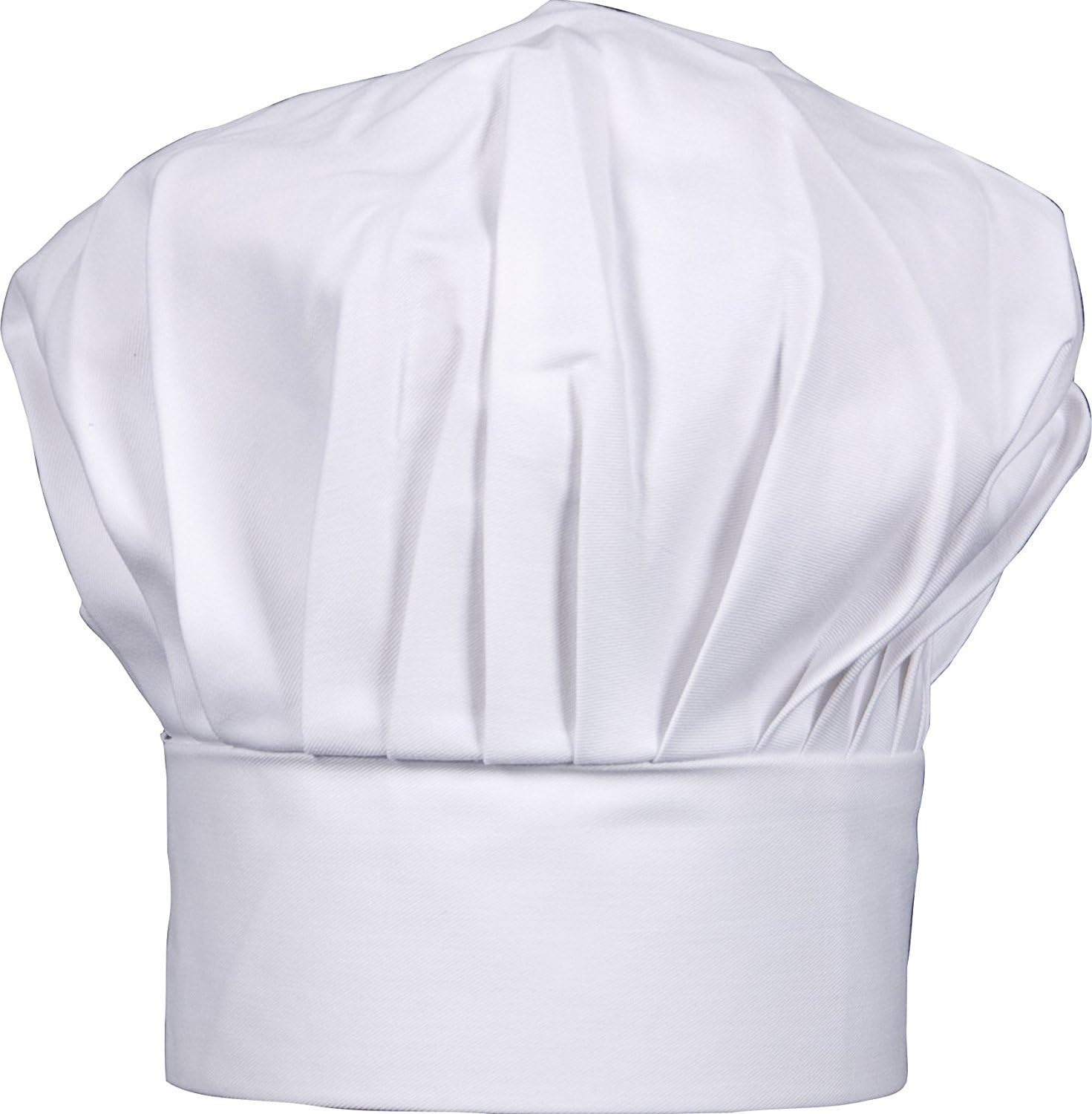From Aprons To Chef Hats: Unveiling The Secret Power Of Chef Clothing
In the culinary world, chef clothing is more than just a uniform – it is a symbol of authority, skill, and passion. From the classic white double-breasted coat to the iconic tall chef hat, these garments have long been associated with professionalism and excellence in the kitchen. Chef uniforms in Australia are much more than just a way to distinguish chefs from other kitchen staff. They play a crucial role in maintaining hygiene and safety standards while also enhancing the professional image of chefs. But what is it about chef clothing that holds such power? Behind their seemingly simple design lies a fascinating history and a multitude of practical benefits. Join us as we uncover the secret power behind aprons, chef coats, and everything in between – you may never look at your favorite celebrity chef’s outfit the same way again.
The Functionality Of Chef Clothing
Chef clothing is not just for show – it serves a practical purpose in the high-pressure, fast-paced world of professional kitchens. One key function of chef clothing is to protect chefs from potential hazards and ensure their safety while cooking. Chef jackets, for example, are usually made with flame-resistant materials that can withstand high temperatures and protect against burns. The long sleeves also serve as an additional layer of protection from hot oil splatters or steam.
In addition to safety, chef clothing also plays a role in maintaining hygiene in the kitchen. The familiar white or checkered design of chef pants is not just for aesthetics; it actually helps to spot any dirt or stains easily. This allows chefs and kitchen staff to quickly identify any issues with cleanliness and take immediate action to rectify them. Furthermore, the thick fabric used in chef pants provides durability and prevents accidental tears or rips which could lead to cross-contamination.
The Psychological Impact Of Chef Clothing
One cannot deny the powerful influence that chef clothing has on both the wearer and those around them. More than just a uniform, these seemingly simple pieces of fabric hold a psychological impact that greatly affects the culinary world. The crisp white coats and tall toques evoke a sense of authority, professionalism, and expertise that can instill confidence in both chefs and diners alike.
Psychologically speaking, chef clothing plays a crucial role in shaping one’s self-perception and identity within the kitchen. Research suggests that wearing a uniform can enhance feelings of competence, giving chefs not only a sense of belonging but also increasing their motivation to perform at their best. Moreover, the distinctive attire serves as a visual reminder of hierarchy and rank in the kitchen brigade system – an age-old tradition where seniority is indicated by different colored jackets or embroidered symbols.
Beyond empowering professionals within their workspace, chef clothing also influences how diners perceive food quality. Studies show that when presented with dishes prepared by chefs wearing traditional attire versus casual attire, individuals tend to rate the former as tasting better. This phenomenon is known as the halo effect, where positive associations with appearance extend to other areas not directly related – in this case, flavor perception. It’s fascinating how something as simple as donning chef clothing can shape expectations and ultimately impact our dining experiences.
The Symbolism And Prestige Of Chef Clothing
Chef clothing is as iconic as it is functional. The white double-breasted jacket, known as the chef’s coat, has long been a symbol of prestige and expertise in the culinary world. It signifies a level of professionalism and skill that sets chefs apart from home cooks. The crispness and cleanliness of the white uniform also convey a sense of discipline and attention to detail, reminding us that cooking is not just a craft but an art form.
The apron, another essential piece of chef clothing, holds its own significance. Beyond its practical purpose of protecting the chef’s clothes from spills and stains, the apron serves as a canvas for personal expression. Many chefs personalize their aprons with unique designs or logos that represent their individual style or culinary vision. This not only distinguishes them from other chefs but also creates an opportunity for branding themselves within the industry. Whether it is the crisp white coat for chef that exudes professionalism and cleanliness or the iconic chef hat that signifies expertise and authority, these garments serve as more than just a uniform.
In addition to the chef’s coat and apron, one cannot overlook the importance of the chef hat or toque blanche. Its origins can be traced back to medieval times when chefs wore hats with pleats corresponding to their ranks in the kitchen hierarchy. With its tall design representing knowledge and authority, the modern-day chef hat continues to be a symbol of expertise in culinary arts. It adds an air of elegance and sophistication, elevating not only the appearance but also enhancing confidence in both professionals’ abilities and customers’ perception.
Conclusion:
In conclusion, chef clothing holds a significant power in the culinary world that goes beyond simple functionality. The attire signifies professionalism, expertise, and dedication to the craft. It sets chefs apart from other staff members in the restaurant and gives them a sense of authority and pride.
Moreover, chef clothing also has an impact on customer perception and experience. When diners see chefs clad in their distinctive attire, they immediately associate it with quality and high standards of cooking. The uniform serves as a visual cue for trust and authenticity, making customers feel more comfortable and confident in their dining choices.
Furthermore, the power of chef clothing extends to its practical benefits as well. From heat resistance to protection against spills and stains, these garments are designed to make working in a kitchen environment more comfortable and efficient. By providing chefs with appropriate clothing that suits their needs, restaurants can ensure better productivity while also taking care of their employees’ well-being.
Overall, chef clothing plays a pivotal role in the culinary world by not only reflecting the identity of chefs but also influencing customer perceptions and enhancing work efficiency. It is more than just fabric; it is a symbol of expertise that empowers those who wear it while creating an aura of credibility for restaurant patrons.




Post Comment